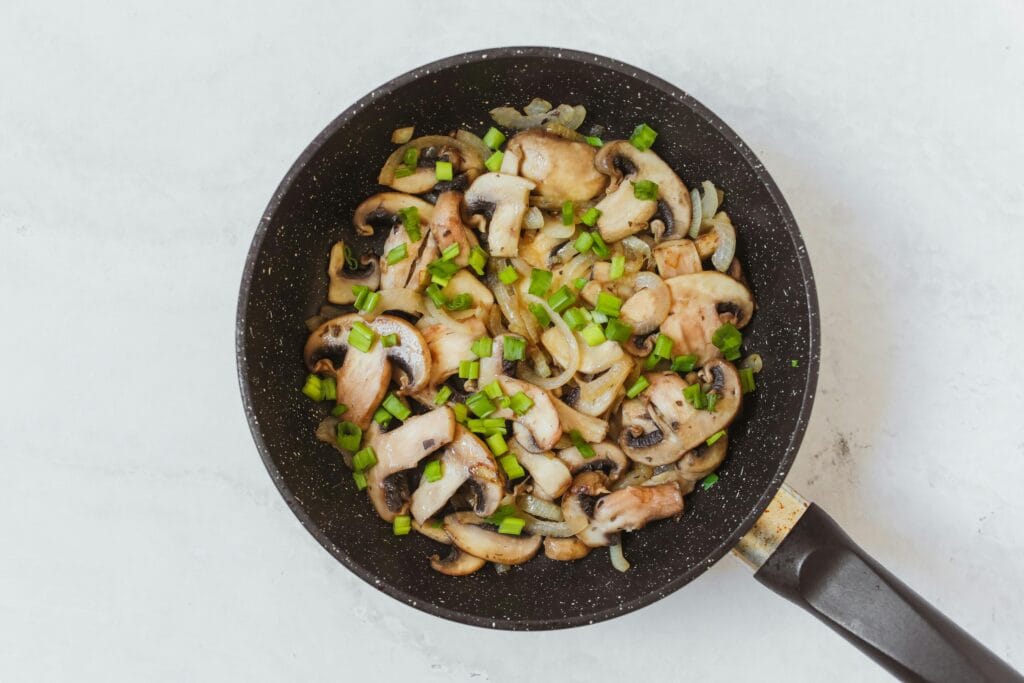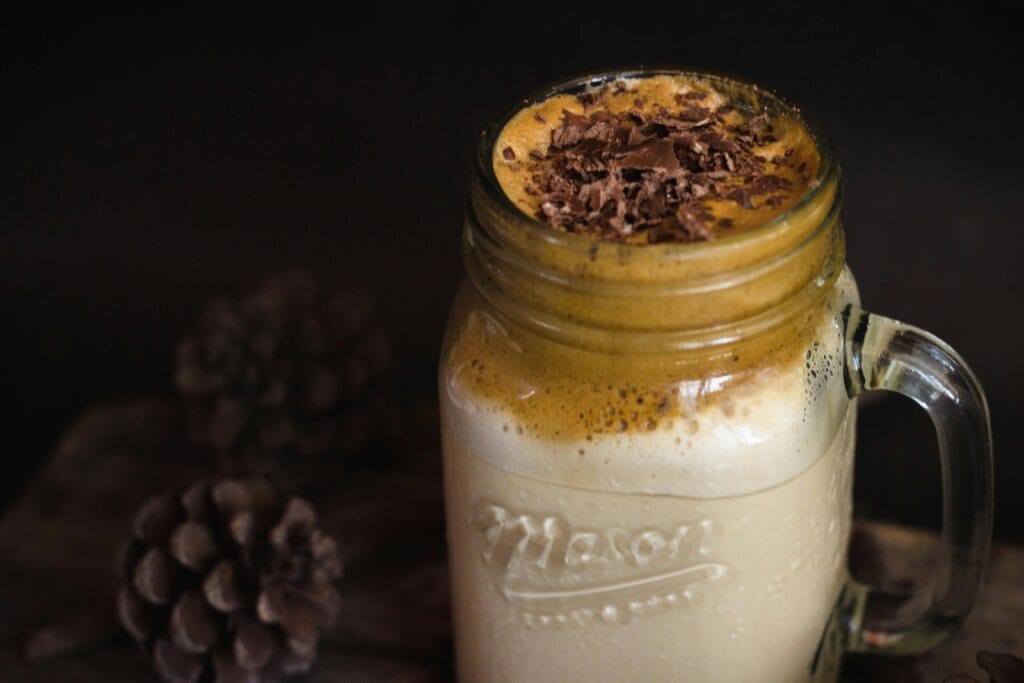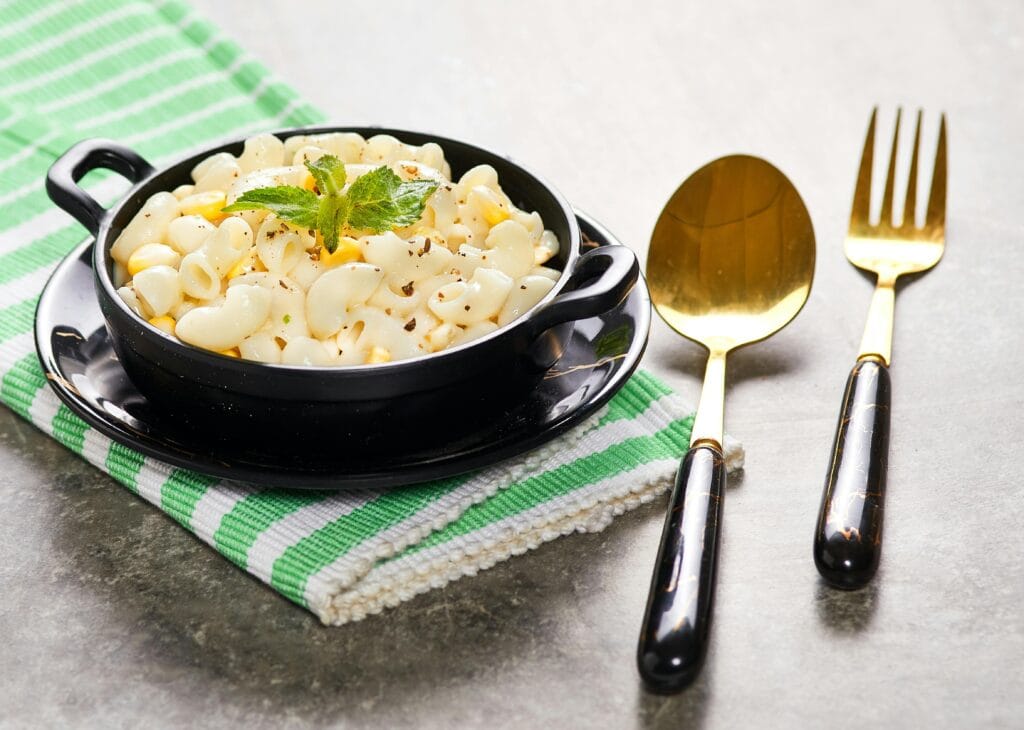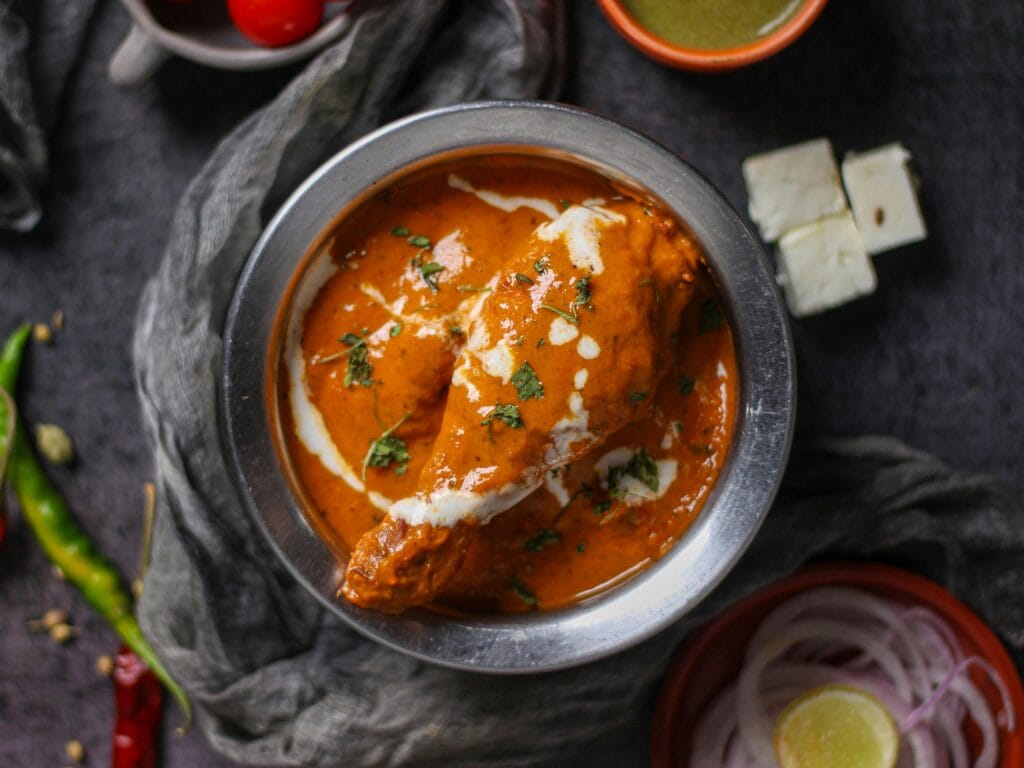Introduction: A Feast of Words and Flavors
In India, food is more than just nourishment—it’s an expression of life itself. It defines rituals, celebrates seasons, and brings people together across generations. Interestingly, this sensory richness is not confined to kitchens or dining tables. It spills into stories, poetry, and prose, deeply woven into the narrative fabric of Indian literature.
From sacred verses to contemporary novels, Indian food has long served as a symbol, setting, and storytelling tool. The aroma of cardamom, the simmering of lentils, the slicing of ripe mangoes—these evoke emotions, memory, longing, and identity. Indian literature doesn’t just describe food—it feels it, savors it, and lets it speak.
Let’s take a journey through Indian literary traditions, discovering how food has shaped—and been shaped by—the stories we read.
1. Ancient Epics: Food as Spiritual and Moral Symbol
India’s oldest texts—the Mahabharata, Ramayana, and Vedic scriptures—are filled with references to food. These are not just casual mentions; food often symbolizes larger truths, from divine generosity to moral values.
In the Mahabharata, Draupadi receives the Akshaya Patra, a magical vessel that provides unlimited food. As long as she hasn’t eaten, the pot will feed everyone. This story represents the importance of hospitality, selflessness, and abundance in Indian culture.
In the Ramayana, the moment when the ascetic woman Shabari offers tasted berries to Lord Rama is among the most touching food scenes. She tastes each one to ensure it’s sweet, placing love above ritual purity. It’s not about what she offers, but how—with care, devotion, and sincerity.
In these epics, food is a sacred offering, a reflection of one’s duty (dharma), and a link between the divine and the mortal.
2. Folk Tales and Oral Traditions: Regional Flavors and Imagination
India’s folk literature—tales passed down orally in villages—often features food as central to the story’s moral or fantasy. Whether it’s a tale from Bengal’s Thakurmar Jhuli or a Rajasthani desert legend, food often holds magical or symbolic power.
In southern India, folk ballads known as Villu Paatu may include stories where a humble dish like kanji (rice gruel) saves a village from famine. In these stories, food reflects the land and its people—seasonal, practical, and revered.
Food in folk tales is also deeply connected to community values—the idea of sharing meals, fasting for prayers, or feasting during harvests. Recipes in these stories often travel from grandmother to granddaughter through spoken words, tying literature to lived tradition.
3. Colonial Era Literature: Food as Identity and Resistance
During the colonial period, Indian authors began using food to assert cultural identity and push back against British influence.
Rabindranath Tagore, for example, often wrote about traditional Bengali meals in his poetry and short stories. His characters gather around seasonal dishes like shorshe ilish (mustard hilsa fish) or pithe (rice cakes), anchoring their lives in rhythms of nature and culture. These references served not just as cultural markers but as quiet acts of defiance—holding on to one’s roots when faced with foreign control.
In essays and travelogues of that era, writers celebrated traditional Indian meals as symbols of resilience and authenticity, contrasting them with colonial rules and Western dining etiquette.
Food became a literary tool for resisting erasure—and reclaiming selfhood.
4. Modern Novels: Food as Memory, Migration, and Identity
In post-independence Indian novels, food often becomes a metaphor for identity, nostalgia, and displacement.
Salman Rushdie’s Midnight’s Children famously weaves pickles into the story. The protagonist preserves not just cucumbers and mangoes, but memories and emotions. Chutneys become vessels of time, linking personal experiences with the larger political changes in post-colonial India.
Jhumpa Lahiri’s Interpreter of Maladies often portrays food as a bridge between worlds. Characters struggle with cultural dislocation, and food becomes both comfort and confusion. A character might yearn for home-cooked dal while learning to navigate a microwave or grocery store aisle in the US.
In Chitra Banerjee Divakaruni’s The Mistress of Spices, the protagonist Tilo is a healer who uses ancient spices to heal the immigrant souls who visit her shop. Each spice carries emotional depth and historical significance—turmeric for courage, cinnamon for love, red chili for protection.
These authors show how food can embody longing, memory, and cultural complexity—especially for Indians living abroad.
5. Poetry and Food: Taste as Emotion
Indian poets have long used food as a metaphor to convey deep emotional states.
In ancient Tamil Sangam poetry, poems often reference fresh grains, palm toddy, or seasonal fruits—not just as background, but as emotional landscapes. A lover’s waiting is compared to a slow-cooked millet porridge, or the ripening of jackfruit during monsoon becomes a metaphor for desire.
In modern poetry, writers like Gulzar and Kamala Das use food with poetic elegance. Gulzar’s verses evoke home through the smell of ghee, or the memory of khichdi during childhood sickness. Kamala Das blends food with female sensuality and domestic rebellion—showing how food, even in its simplicity, holds power.
For Indian poets, food isn’t just physical—it’s deeply emotional, intimate, and symbolic.
6. Memoirs and Cookbooks: Recipes with a Story
Some of India’s most cherished food writing comes from memoirs and cookbooks that blend culinary instruction with personal storytelling.
Madhur Jaffrey’s Climbing the Mango Trees is a beautiful coming-of-age memoir where meals and festivals become chapters in her life. Her stories of school lunches, mango-picking, and family feasts paint a vivid picture of post-independence India.
Tarla Dalal, India’s beloved cookbook author, wrote not just recipes but often included anecdotes from her Gujarati family kitchen. Through her writing, she preserved traditions that might otherwise fade with modern lifestyles.
These books turn kitchens into archives—where every spice blend and technique carries generations of memory.
7. Women Writers: Food as Feminist Voice
In the works of many Indian women writers, food becomes a metaphor for gender roles, emotional expression, and resistance.
In Anita Desai’s Fasting, Feasting, food plays a central role in exploring a woman’s repression. While the American male protagonist gorges on excess, the Indian female protagonist’s life is shaped by deprivation—emotional and nutritional. The act of fasting becomes a symbol of social suffocation.
In Ladies Coupe by Anita Nair, the women in the story share personal tales, many tied to the foods they cooked or ate. Meals become markers of self-worth, tradition, sacrifice, and sometimes rebellion.
For these authors, food is more than sustenance—it’s language. A language through which women tell their truths, fight invisibility, or reclaim joy.
8. Children’s Stories: Magical Meals and Cultural Memory
Indian children’s literature also taps into the magic of food—using it to teach, delight, and connect young readers to their roots.
Books like Hot, Hot Roti for Dada-ji narrate stories of bonding between grandparents and children over roti-making. Others, like The Runaway Chapati, take classic Western story structures (like The Gingerbread Man) and give them a fun Indian twist.
These books often introduce children to food traditions in playful ways—like learning colors through spices, or math through sweets shared during festivals. They build early connections to language, heritage, and imagination through taste.
9. Film-Inspired Fiction: Food and Cinematic Imagination
Many novels inspired by Bollywood or Indian cinema use food as a vibrant storytelling tool.
In romantic fiction, wedding scenes often come alive with the descriptions of lavish feasts—golden laddoos, creamy paneer, spicy biryanis, and shimmering sweets. These dishes don’t just decorate scenes—they echo the emotional highs and lows of love, separation, and reunion.
In family sagas or diaspora dramas, cooking together becomes a way for characters to reconcile or reconnect—especially across generations. The mother teaching her daughter to roll out perfect rotis becomes more than a culinary lesson—it’s a metaphor for cultural inheritance.
Conclusion: The Taste of Stories
Indian food and literature are soulmates. Both are layered, rich, and rooted in tradition while ever evolving. Both are deeply sensory—blending memory, place, emotion, and meaning. Whether through a grandmother’s tale, a poet’s metaphor, or a novelist’s scene, food breathes life into Indian storytelling.
When you read Indian literature closely, you’ll find that the food on the page is never incidental. It’s there to remind you of who we are, where we come from, and how we pass on love—not just in words, but in every pinch of salt, every tear-stained recipe, and every steaming plate of home.





